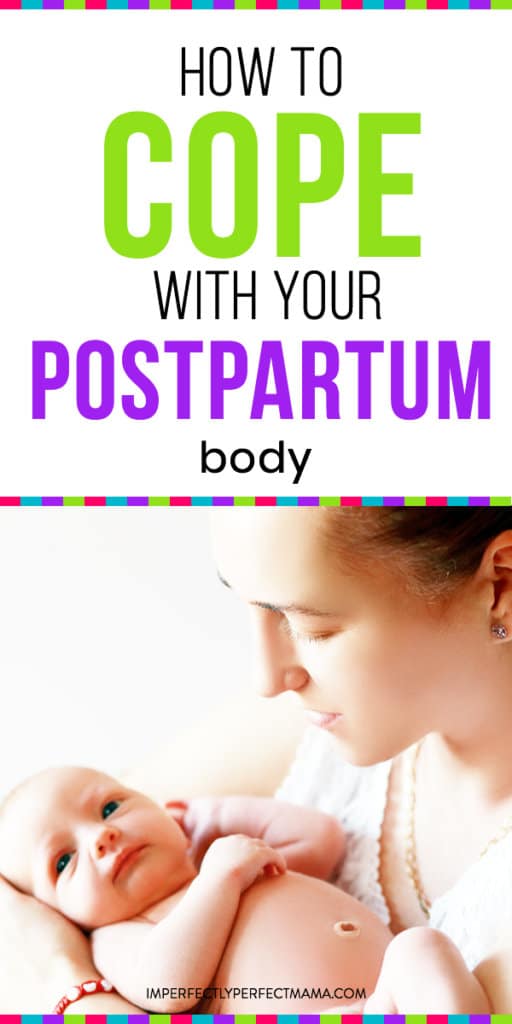It’s incredible, isn’t it? The way your body transforms, stretches, and molds itself to create and nurture a new life. Those lines, those curves, they tell a story – a powerful story of strength and love. Yet, in a world saturated with filtered images and unrealistic expectations, it's easy to feel self-conscious about the changes pregnancy brings, especially when comments, both intended to be positive or not, start to trickle in about your postpartum body.
Understanding Postpartum Body Changes
The postpartum period is a time of immense physical and emotional adjustment. One of the most visible changes is often the appearance of stretch marks, also known as striae gravidarum. These aren't just surface-level imperfections; they are a natural result of significant hormonal shifts, rapid weight gain, and the stretching of your skin to accommodate your growing baby.
Hormones like estrogen and relaxin, which surge during pregnancy, affect skin elasticity. As your skin stretches, the collagen and elastin fibers in the dermis (the middle layer of your skin) can rupture. This initial damage appears as red or purple lines. Over time, these lines often fade to a lighter, silvery, or white color. Genetics also play a role – if your mother or other close female relatives developed stretch marks during pregnancy, you may be more predisposed to them as well.
While it's tempting to seek quick fixes, remember that these marks are a testament to your incredible journey. However, there are gentle treatments and lifestyle habits that may help support your skin's healing process.
Can pregnancy stretch marks fade naturally?
Yes, to some extent. Stretch marks often fade over time without any intervention. The initial redness or purplish hue will typically lighten, and the texture may become less noticeable. However, they are unlikely to disappear completely. Several factors can influence how much they fade, including genetics, skin type, and the severity of the stretching during pregnancy.
Gentle exfoliation can help to remove dead skin cells and promote cell turnover, potentially improving the appearance of stretch marks. You can use a gentle scrub or a dry brush, but be sure to avoid harsh chemicals or over-exfoliating, which can irritate the skin.
Staying hydrated by drinking plenty of water helps keep your skin supple and may improve its elasticity. A diet rich in vitamins and minerals, particularly vitamins C and E, can also support skin health.
What helps reduce redness?
Several natural remedies and skincare products can help to minimize the redness associated with new stretch marks. Topical treatments containing ingredients like hyaluronic acid, centella asiatica (also known as cica or gotu kola), and vitamin E are known for their skin-soothing and healing properties.
Gentle massage with a nourishing oil, such as almond oil or coconut oil, can improve circulation and promote skin elasticity. This is best done after a warm shower or bath when your skin is most receptive.
Sun protection is crucial as sun exposure can make stretch marks more prominent. Always apply a broad-spectrum sunscreen to areas affected by stretch marks, even on cloudy days.
Remember to always consult with your doctor or a dermatologist before starting any new treatment, especially if you have sensitive skin or any underlying skin conditions.
When should I see a dermatologist?
If you are concerned about the appearance of your stretch marks, or if they are causing discomfort, consult with a dermatologist. A dermatologist can provide personalized recommendations based on your skin type and the severity of your stretch marks. They may suggest treatments such as: Topical retinoids:These vitamin A derivatives can help to stimulate collagen production and improve skin texture. However, they are not safe to use during pregnancy or breastfeeding and should only be used under the guidance of a dermatologist.
Laser therapy: Various laser treatments can target the blood vessels in new stretch marks, reducing redness and improving their overall appearance.
Microneedling: This procedure involves using tiny needles to create micro-injuries in the skin, stimulating collagen production and promoting healing.
Your body has accomplished something truly extraordinary. It's carried and nurtured life. It's okay to feel however you feel about the changes you see. Embrace the journey, prioritize your well-being, and remember that your worth is not defined by the appearance of your skin. It is defined by the love, strength, and resilience you embody as a mother. Focus on nurturing yourself – mind, body, and soul – and let your inner radiance shine through. You are beautiful, you are strong, and you are enough.
